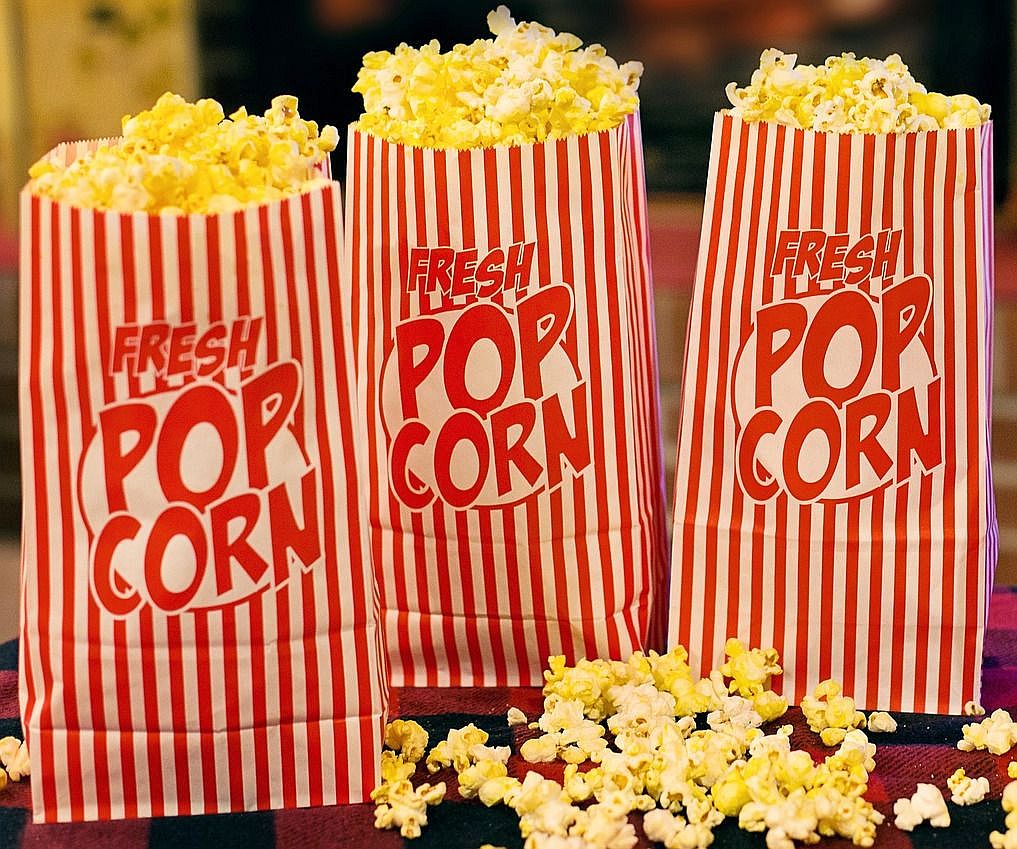
Yes, yes, oh that! And yes, yes, ah. What’s that? Artificial Butter Flavor? What’s artificial butter, the product of artificial cows?
What Is Artificial Butter Flavor?
Simply put, the expression “artificial butter” refers to taste and use, rather than to any single, particular ingredient.
A Simple Compound
Diacetyl is considered to impart a buttery flavor to foodstuffs. As the illustration shows, diacetyl is a small, simple molecule. Writing it out in full, it is…
CH3(CO)(CO)CH3
Note the similarity to two acetic acid (vinegar) molecules…
CH3(CO)–OH + HO–(OC)CH3
Synthesis
The second image depicts one possible synthetic route using 2-butene as starting material.
There are other means of synthesizing diacetyl, one methodology being the use of bacteria. Notice, for example, the NCBI article, in the references section below.
But It’s Not Natural, Is It?
Since diacetyl is synthesized and used in food to impart buttery flavor, there can be the outcry, “It isn’t natural.” Oddly, these words encompass both truth and falsehood!
Real, dairy butter contains a number of chemical components that give it its flavor. These include acetylpropionyl1, acetoin, and (yes!) diacetyl.
It is much like the ongoing argument concerning vanilla. There is an “artificial” vanilla called vanillin. Yet, can it truly be said it is artificial? Vanillin is a component of vanilla… At the same time, vanilla contains additional substances that contribute to its full flavor.
Food and Drug Administration, rated GRAS, generally recognized as safe. See reference, below.
1 Acetylpropionyl is very similar to diacetyl, but possesses the chemical formula CH3(CO)(CO)CH2CH3.
Note: You might also enjoy Cochineal Red Dye from Bugs
References:
- NCBI: Production of diacetyl by metabolically engineered Enterobacter cloacae
- Code of Federal Regulations (CFR): Diacetyl
← Back to Food and Health
← Home